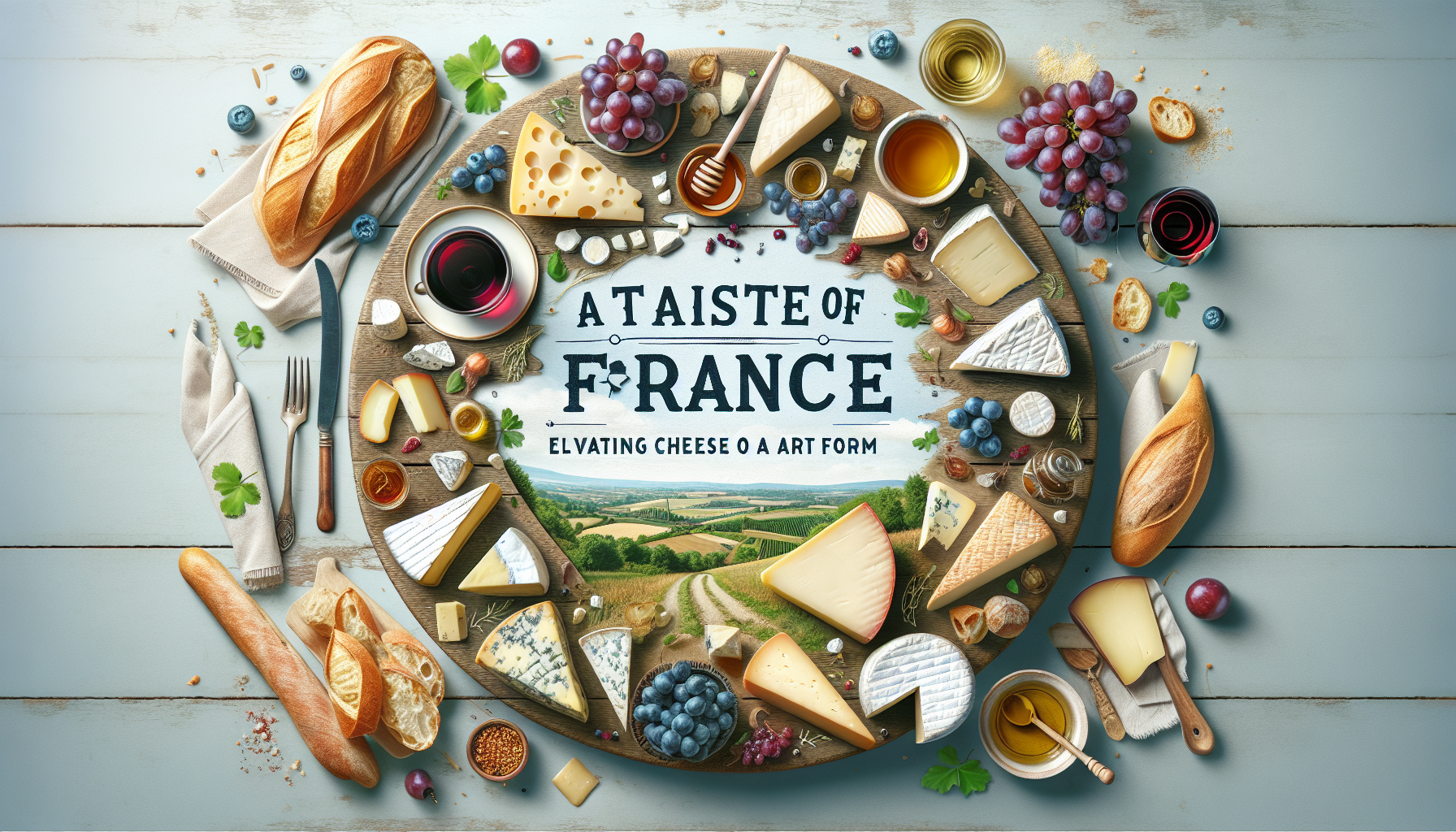Creating a blog inspired by the given piece offers a fantastic opportunity to discuss cheese culture and consumption habits, while integrating some of Serious Eats' stylistic elements. Here’s how you can frame it:
Unlocking the Secrets of French Cheese: A Sensory Journey Without the Cracker
In the US, cheese often sits comfortably within the layers of a hearty sandwich or melts seamlessly over a pizza's crust. However, cross the Atlantic to France, and you'll discover a different cheese culture altogether—one that relishes the standalone purity of cheese. Imagine indulging in a creamy Brie or a pungent Roquefort as they unfold their flavors without any distractions from crackers or breads.
Cultivating a Palate for Cheese
As John Montez from Murray’s Cheese explains, the American tendency to incorporate cheese as an ingredient, rather than a course, may be why we haven’t embraced the French method wholeheartedly. Montez asserts that enjoying cheese au naturel opens up a world of flavor, primarily when sourced from a good cut-to-order cheese shop where sampling is encouraged.
Building Your Own French Cheese Plate
When curating a cheese board, aim for three to five varieties. Odd numbers not only provide a visually appealing spread but also allow a tactile and flavorful diversity. Mix textures—perhaps a semi-firm Comté alongside a silky Brie de Meaux or a crumbly Roquefort. And don't forget to vary the milk sources to keep things interesting; think cow, goat, and sheep.
Seasonal Selection Matters
Cheese isn't immune to seasonality. Just as we crave fresh vegetables in the summer, cheese enjoys its own timetable. Spring and summer are for lighter cheeses made from animals grazing on fresh pastures, while fall and winter offer richer wheels perfect for cozy gatherings.
The Art of Cheese Preparation
Serve cheese at its best by letting it acclimate to room temperature before serving—this simple trick can release a cascade of flavors otherwise muted by refrigeration. Emulate the French practice of storing cheese at room room temperature when possible and wrap leftovers in parchment or cheese paper, not plastic, to preserve the integrity.
Indulge in These French Favorites
Consider exploring some remarkable cheeses like the fragrant Mimolette or the rustic Tommes de Savoie. If you're expanding your horizons, Basque cheeses like Ossau Iraty offer rugged profiles distinct from their French counterparts.
Elevate Your Pairings
While a French wine matching the terroir of your chosen cheeses is foolproof, don’t shy away from innovative pairings. Sometimes, a surprising beverage like a peated Scotch can reveal new dimensions of the cheese’s flavor profile.
Minimalist Accompaniments
In France, cheese often stands alone. However, a simple baguette or a dollop of honey for a fresh cheese can enhance without overshadowing. A handful of cornichons or preserved cherries can add a delightful contrast to the depth of cheese varieties.
By embracing these principles, you'll not only appreciate the devotion behind French cheese-making but also elevate your own tasting experiences to new heights. So, next time you assemble that Instagram-worthy board, remember: sometimes, it's all about letting the cheese do the talking.
This adapted blog post takes inspiration from the Serious Eats style by providing practical tips and in-depth insights while maintaining a conversational tone.
